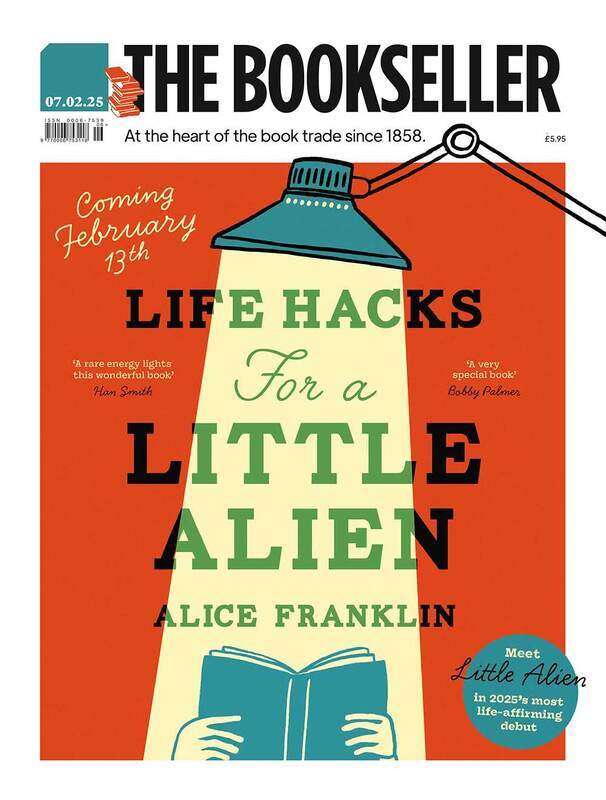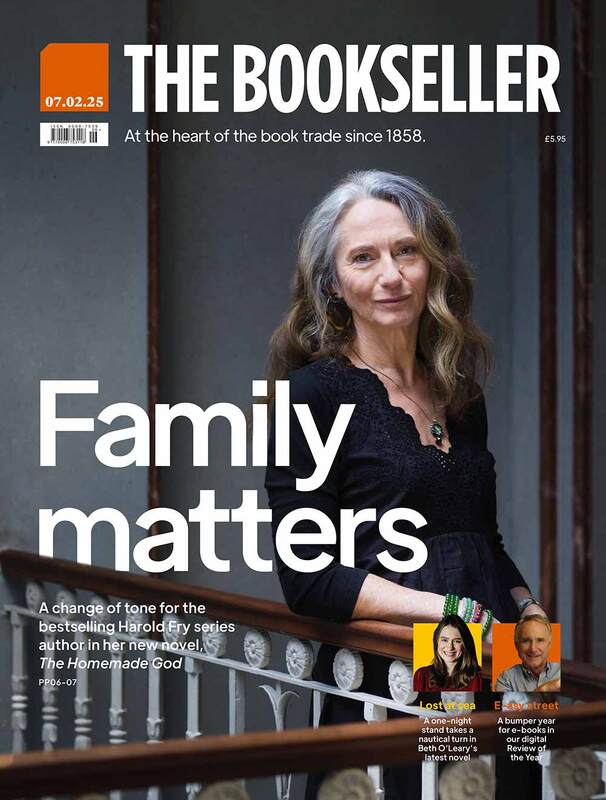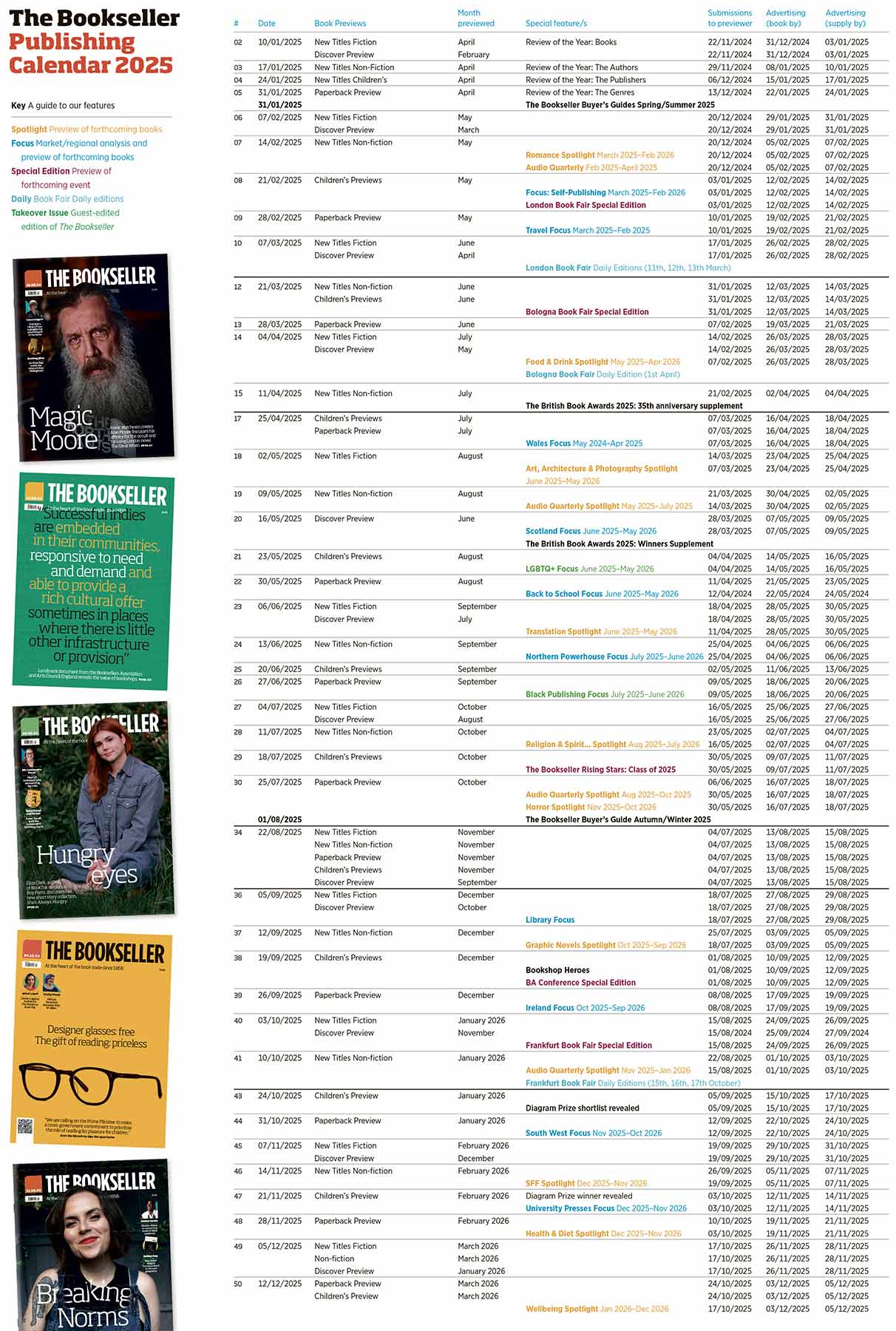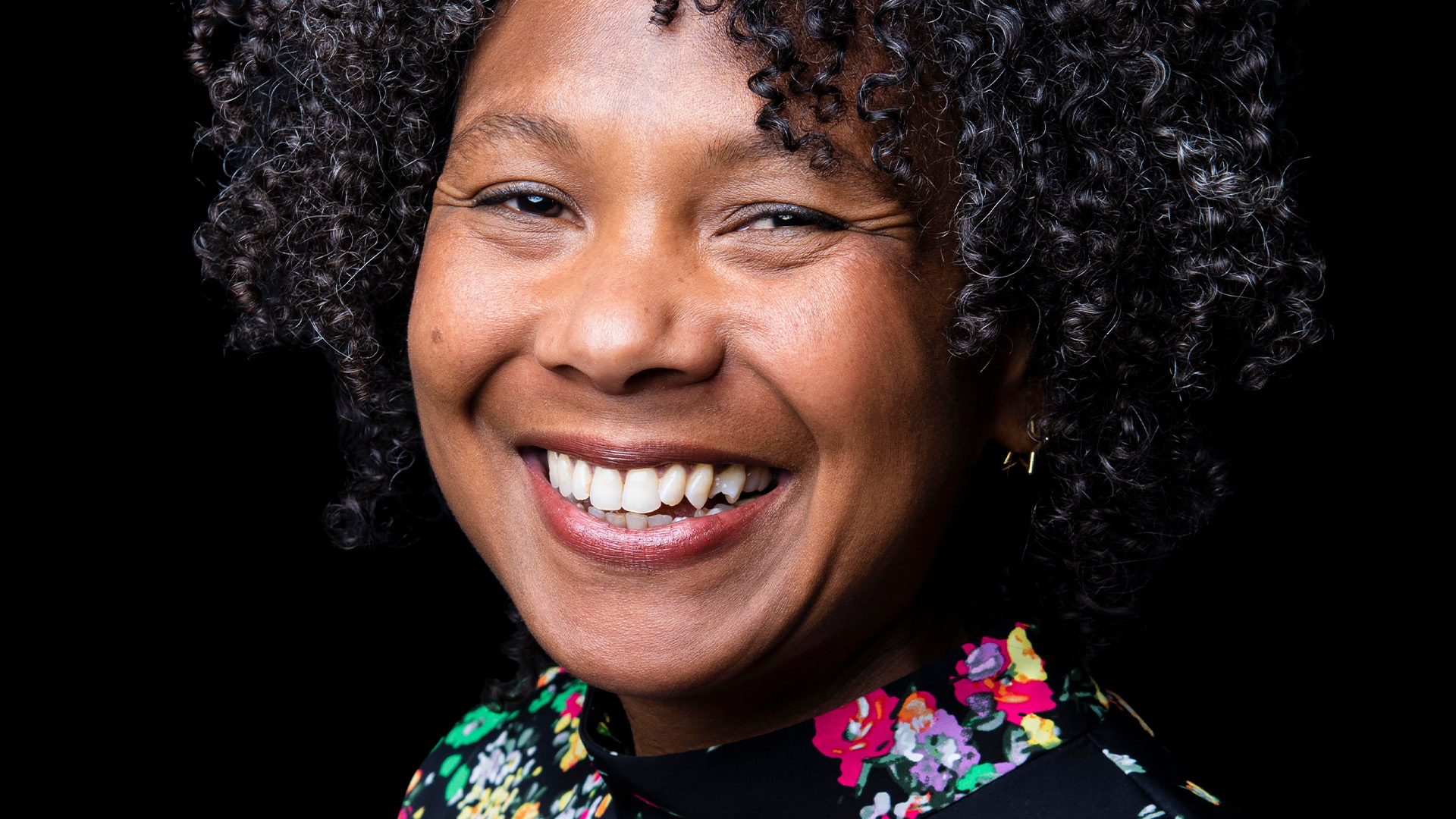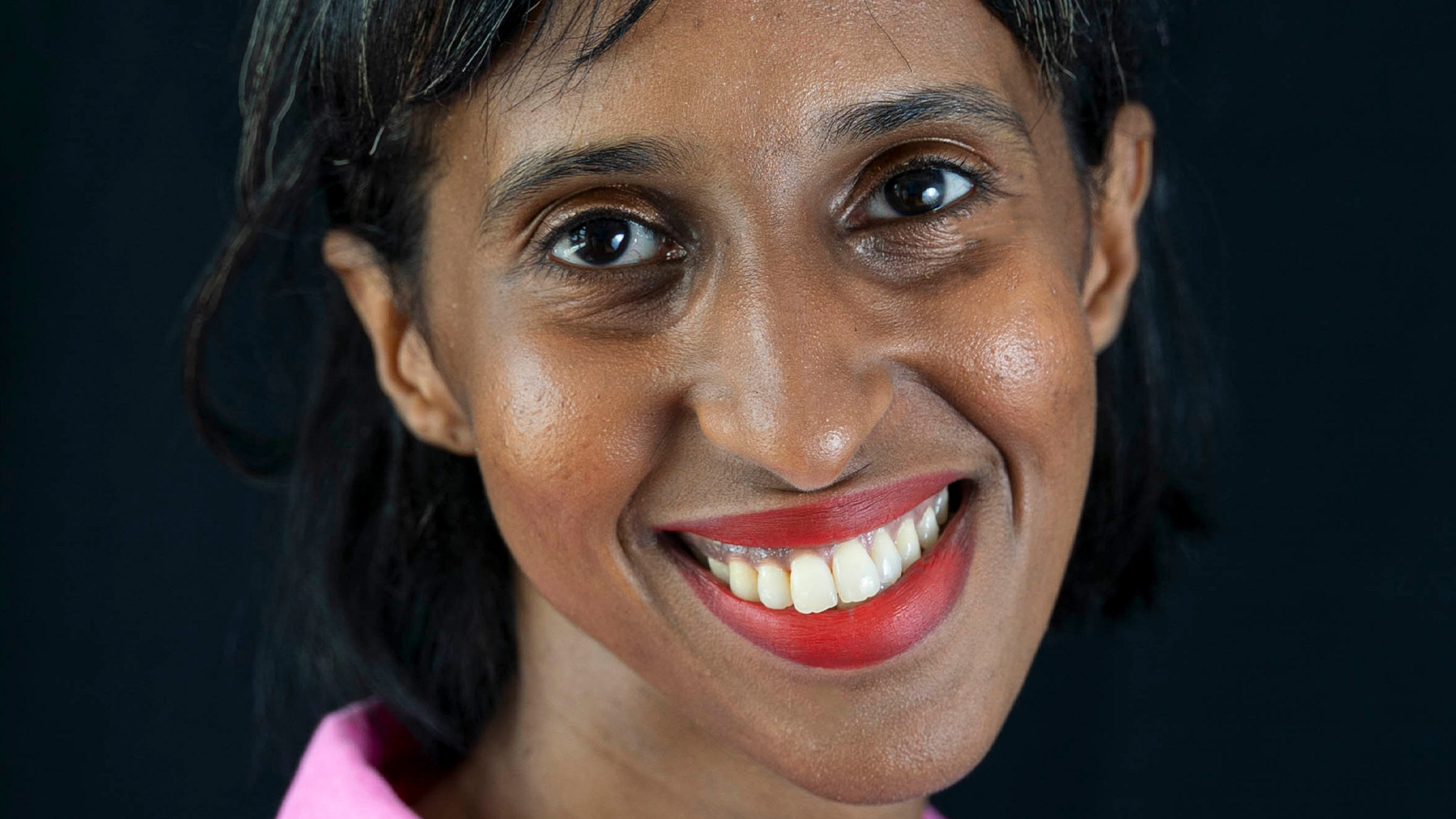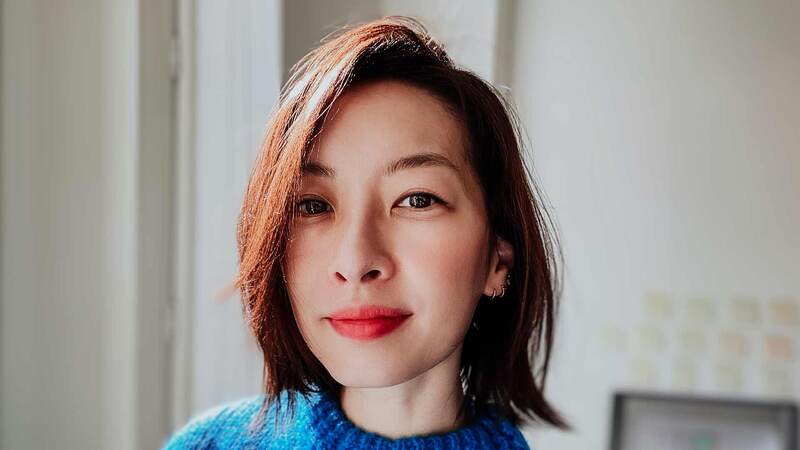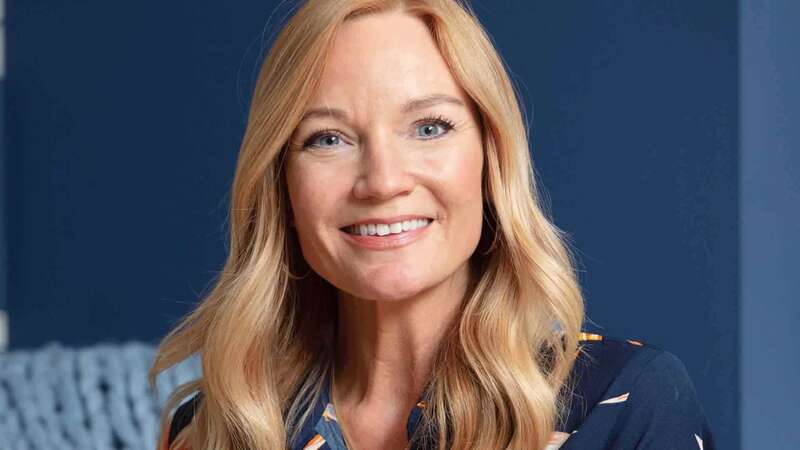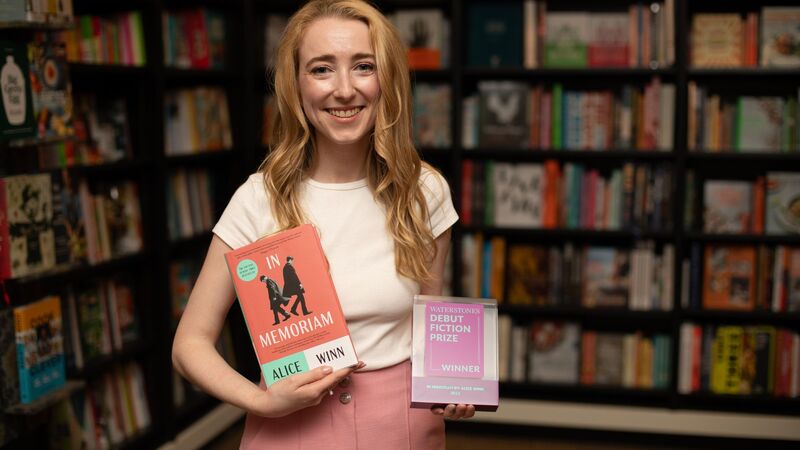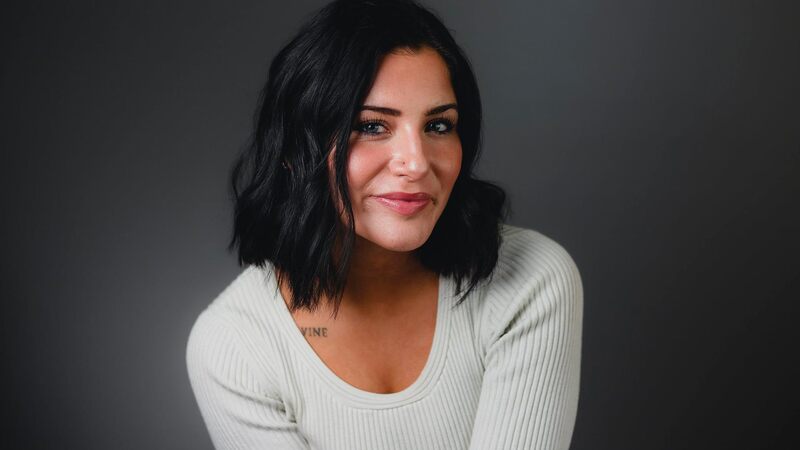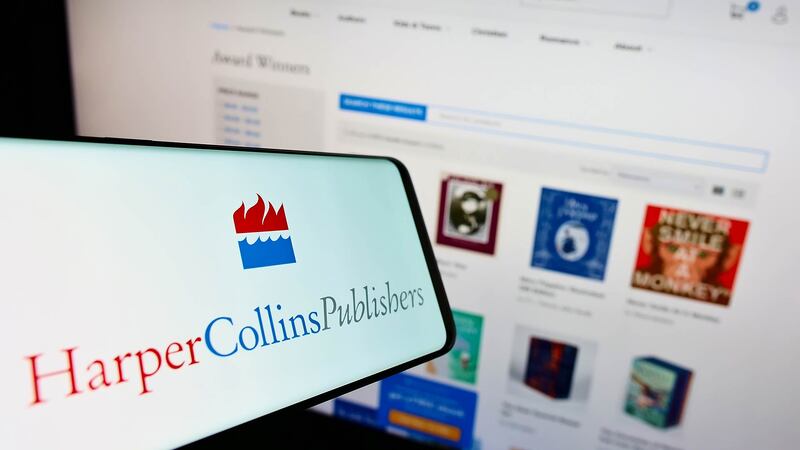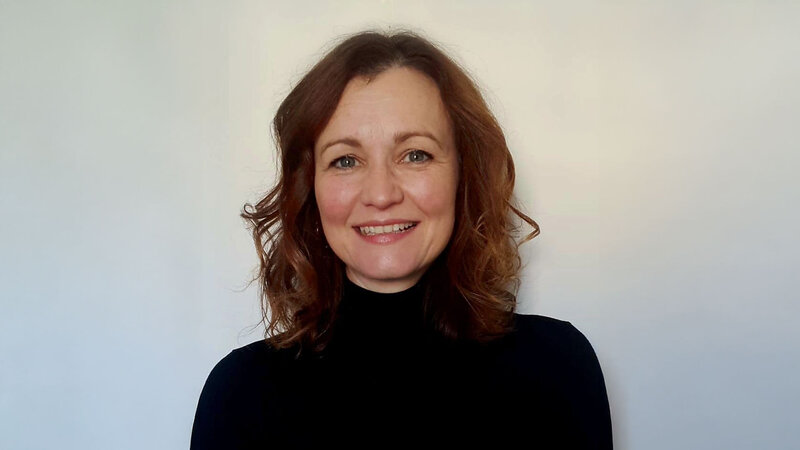You are viewing your 1 free article this month. Login to read more articles.
DPI mentoring scheme launches to tackle diversity in book design departments
Led by a trio of book design practitioners and backed by a 20-strong panel of mentors, Design, Publishing & Inclusivity launches today.
A new mentoring programme has launched today (9th September) to encourage creatives from underrepresented groups based in the UK and Ireland to develop the skills and acumen to pursue a career in the world of book design, while also offering existing designers in the industry advice on career progression.
DPI, which stands for Design, Publishing & Inclusivity—those au fait with book production will note the image resolution pun—is the brainchild of Faber creative director Donna Payne, Profile Books art director Steve Panton and Cornerstone studio manager Ebyan Egal. The scheme, which has recruited a line-up of stellar names from the book design sector, will pair mentors and mentees over a six-month period. Payne, who is “eager to address the lack of diversity at a senior level with urgency”, stressed that “as well as supporting and encouraging graduates looking for a career in publishing, DPI will also serve more experienced mentees who are looking to move across from other areas of design into publishing, or seeking the confidence to apply for a design leadership position”.
The trio began “discussing how we can collectively support creatives from underrepresented backgrounds in the industry, or those looking to gain access to the trade, when so few formal opportunities exist for them,” Panton says. Talks began in earnest last year, after initial plans were hatched during the first national lockdown, and the “impactful” mentorship initiative has since signed up 20 mentors to help them achieve DPI’s goal of making the design sector more reflective of the society into which books are published.
Panton says: “Our initial conversation was about initiatives and groups that already exist, and how we could use these to benefit the design and illustration community within publishing. We turned this into a regular meeting, catching up once a month to discuss thoughts and actions. We very quickly got onto the idea of internships, which evolved into a long-running mentorship programme, as we were keen to involve as many designers and illustrators—both in-house and freelance—as possible.”
Design within publishing suffers from the same failures that the majority of publishing does when it comes to staff diversity—Steve Panton
Payne, who ends her 17-year tenure at Faber today to take up a role at Apple, crossed paths with Egal when Hachette’s Thrive network invited the creative director onto a design panel; likewise she was “aware of the work Steve was doing as part of the D&I initiative that exists within the Independent Alliance [IA]”. Payne—who did similar work on a D&I action plan with the senior leadership at Faber—says: “My experience as a mentor for D&AD Shift—a fully funded, industry-led night school programme for new creatives—and the Creative Access and IA mentorship schemes showed me that one-to-one mentorship can be a powerful tool for change, especially when addressing career progression and leadership.”
Broadening perspectives
While the book design sector has arguably been less monocultural than editorial departments in recent decades—with a number of prominent practitioners hailing from working-class backgrounds, or with accents a far cry from the RP that is often the stock in trade of other in-house departments—there are few designers of colour working specifically within book design in the UK, either in freelance or in-house roles. The situation may be exacerbated by a high reliance on freelance talent, the large pool of whom are not often scrutinised when larger firms conduct research into the diversity of their workforce.
Why do the trio believe this is the case? “Design within publishing suffers from the same failures that the majority of publishing does when it comes to staff diversity. This also has an impact on the freelance community, as the majority of freelance book cover designers have worked in-house at some point in their career,” Panton says. He also points to it being an expensive vocation to embark upon; with “start-up and relocation costs, with so many employment opportunities being based in London, it can be very hard to pursue without financial support”. Egal adds: “From my perspective, there are varying reasons for the lack of designers from underrepresented backgrounds working in-house and in freelance roles. With in-house roles, there’s often a reliance to offer internships and recruit junior/entry-level roles with art school education, which similarly can be homogenous institutions.”
As the publishing landscape changes, representation is a business imperative. We need a range of perspectives and lived experiences—Donna Payne
There have been attempts by publishers to address the issue, notably the FAB Prize—run by Faber Children’s and the Andlyn Agency, for illustrators of colour—and more recently HarperCollins’ Author and Design Academy. Yet many other publisher-led diversity drives overlook art department recruits; Payne says “as design requires a different skill set, publishing internships don’t generally address this specific need”. This is where DPI steps in, Panton stresses, to “specifically address the lack of diversity within design and design leadership”. The latter is a key point: not only does DPI aim to initiate underrepresented designers into the trade, it wants to encourage retention and progression too. “Design departments tend to be rather small and often designers move between companies for promotion,” Panton says. “Departments need to focus on growing talent and allowing career growth.”
Payne adds: “As the publishing landscape changes, representation is a business imperative. We need a range of perspectives and lived experiences. I think the steps taken by many publishers to be more transparent about pay, or to avoid instances of unconscious bias, will help retain underepresented staff. Within design, we are often working to tight schedules with limited budgets, and there are many stakeholders involved. This can make it harder to do things differently and take risks, especially when hiring.
“We need to accept that in order to build a more inclusive department, additional coaching, training and support must be put in place for those who arrive with a level of disadvantage.”
The list of mentors signed up to the scheme is testament to the trio’s enviable contacts book, and reflects a concerted will within the sector to encourage designers from underrepresented backgrounds. When approaching prospective mentors, Payne says the response was “overwhelmingly positive—everyone we asked was up for it and thrilled to be included”. Their expertise spans genres and age ranges, and the cohort includes Academy of British Cover Design co-founder Jon Gray, Vintage creative director Suzanne Dean, and Orion’s creative director Nick Shah and art director Charlotte Abrams Simpson. It also features the past two recipients of the Designer of the Year Nibbie, S&S Children’s senior art director Jane Buckley and freelancer Micaela Alcaino. “It’s a privilege to be included in such a great project,” Gray told The Bookseller. “I look forward to working with new and inspiring people, and forging new links with students and fellow creatives.”
A learning curve
Mentees will be matched with a designer based on their experience level and interests, and those sharing their knowledge will be offered mentoring guidelines and support throughout. No prior mentoring experience is needed, only “a willingness to support an individual on their journey”, meaning the line-up has a pleasing mix of fledgling designers and experienced practitioners. Abrams-Simpson hailed DPI as “an initiative I dreamed of as a young, Black, female designer from the West Midlands. As designers in publishing, our baseline is in the creative research and an understanding of the audience. If we have creatives from various backgrounds and cultures, and broader cultural, knowledgable minds, our designs can only be more beautiful, inspirational, accessible and honest.
“DPI mentorship for a young aspiring designer of colour is gold... if we, as mentors, can share our experiences, it opens one’s mind that publishing design is an industry that exists as a career—one you can flourish in whoever you are.”
And, it seems, wherever you are: the one-to-ones will take place either in-person or virtually, based on individuals’ preferences and location, enabling DPI to foster talent from outside the M25. “The fact that publishing has traditionally been so London-based hasn’t helped in broadening prospective candidates,” Payne says, while Panton hopes a move to remote working will help too: “Publishing is very South East-focused, and this can limit opportunities. If I didn’t have family living within the London commuter belt, I would have struggled to have attended a work placement that kick-started my career.”
The first DPI class will comprise 10 mentees, with the 20 mentors signed up for the first two biannual runs, in autumn 2022 and spring 2023. What will happen next? “On a base level, I would like all our mentees to come away knowing that they are part of a community; inspired and excited, with a greater understanding of what it means to be a designer working in publishing and the range of opportunities that exist,” Payne says. “Longer-term, DPI will act as a platform to showcase the progress of our mentees. We would also love the opportunity to work alongside publishers to set up a year-long internship programme that spans several publishing houses. This would offer emerging creatives the opportunity to build contacts and gain the broadest perspective in the shortest time, and develop a portfolio that will help them secure a future career in publishing.”
The mentors
Becky Chilcott
Freelance designer
Charlotte Abrams Simpson
Orion, art director
Donna Payne
Faber, creative director
Henry Petrides
PRH, senior designer
Holly Ovenden
Freelance designer
Holly Macdonald
HarperCollins, art director
Jack Smyth
Freelance designer
Jane Buckley
S&S Children’s, senior art
director, picture books
Jon Gray
Penguin General,
acting art director
Kishan Rajani
Faber, senior designer
Luke Bird
Freelance designer
Marssaié Jordan
Freelance creative director
Melissa Four
Octopus, design director
Micaela Alcaino
Freelance designer, pictured
Nick Shah
Orion, creative director
Nico Taylor
Little, Brown, literary art director
Sharon King-Chai
Freelance designer & illustrator
Steve Panton
Profile Books, art director
Suzanne Dean
Vintage, creative director
Tiffany Leeson
Farshore, creative director

